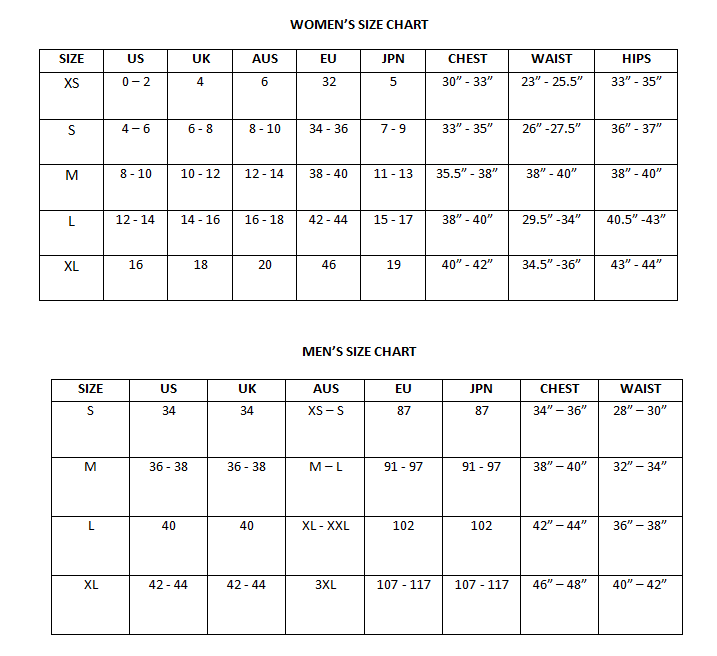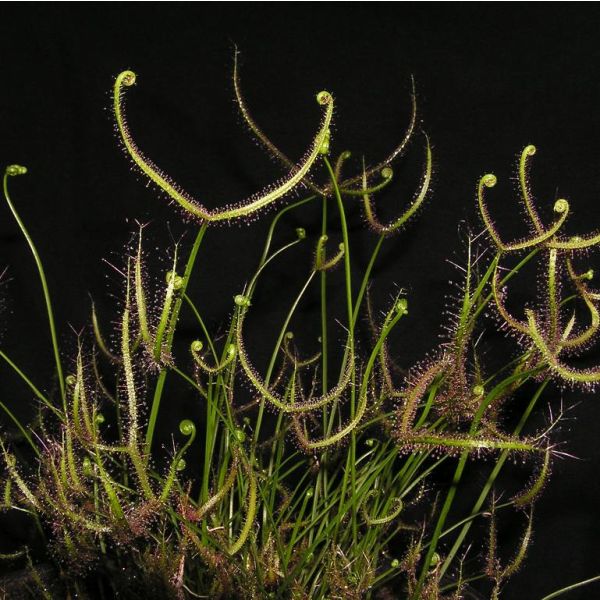Drosera Binata Seeds (The Forked-Leaved Sundew)
Drosera Binata Seeds (The Forked-Leaved Sundew)
The flowers are pink or white, have 5 petals and are about 2.5 cm across. They are numerous on erect stalk.

Delivery
All orders shipped with UPS Express.
Always free shipping for orders over US $250.
All orders are shipped with a UPS tracking number.
Returns
Items returned within 14 days of their original shipment date in same as new condition will be eligible for a full refund or store credit.
Refunds will be charged back to the original form of payment used for purchase.
Customer is responsible for shipping charges when making returns and shipping/handling fees of original purchase is non-refundable.
All sale items are final purchases.
Help
Give us a shout if you have any other questions and/or concerns.
Email: contact@domain.com
Phone: +1 (23) 456 789
Availability: In stock
SKU
Drosera Binata
Drosera binata, commonly known as the Forked Sundew, is a fascinating carnivorous plant native to Australia and New Zealand. It is well known for its unique, forked leaves covered in glistening, sticky glandular hairs that trap and digest insects, supplementing its nutrient intake in nutrient-poor soils.
This striking species features long, slender leaves that split into two or more segments, resembling a forked structure. The sticky mucilage secreted by the tentacle-like hairs ensnares small insects, which are then digested by enzymes to provide essential nutrients for growth. During the summer months, it produces delicate white or pink flowers on tall, slender stalks.
Drosera binata thrives in wet, acidic, and well-draining soil, typically consisting of sphagnum moss and sand. It prefers full sun to partial shade and high humidity to maintain optimal growth. As a temperate species, it enters dormancy in winter, with leaves dying back before regrowing in spring.
Ideal for carnivorous plant collections, bog gardens, and terrariums, Drosera binata is a visually striking and functional addition to any plant enthusiast’s collection. With proper care, this insect-eating marvel will flourish, helping to naturally control small insect populations.
| Label | Drosera binata |
|---|---|
| Common name | Fork-Leaved Sundew |
| Genus | Drosera |
| Species | Drosera binata |
| Germination | The seeds require 6 weeks cold stratification. Sow directly on the surface of your moist but not soaked soil mix. Do not cover them with any medium, the seeds are really tiny. Once it's time to take the seeds out of cold stratification, cover the top of the pot with clear plastic so the humidity will remain high, place them in an area with real nice strong light and keep the temperature around 20øC/68øF, 25øC / 80øF. Make sure to be gentle at all time with the new seedling, to not destroy it, it is very small. When you see some tiny plants starting to sprout, slowly open the top of the pot, a little each day, so that the new seedlings don't go into shock from the humidity being lowered too quickly. After cold stratification, germination usually occurs in 1 to 3 months, but it can take longer, depending on their degree of unbroken dormancy, don't give up. Be gentle with the new seedlings, not to destroy anything. Make sure that it gets good air circulation. |
| Scarification / Stratification | It creates a cold and moist environment for the seeds. This will break their dormancy. Place the seeds on top of a prepared soil mix. The pot is then placed into a ziplock bag with approximately an inch of water on the bottom of the bag. Close the bag shut and place it into the salad crisper compartment of your refrigerator. Make sure to check the seeds often. If fungus or mold appears treat it with a fungicide. |
| Price View | Price Range |

